Furniture maker: Gareth Neal
Drawing together traditional craftsmanship and digital technology, Gareth Neal’s distinctive pieces in seasoned and green wood are designed to stand the test of time.

Meet Gareth Neal
For more than a decade, Gareth Neal has been making contemporary furniture with a nod to historic British design. Using woods such as English oak and American walnut, his pieces range from Windsor-style chairs to intricate cabinets and tactile vessels. Though he is renowned for his reworking of classic forms, he also makes pieces using traditional hand-crafting techniques, including the oak and leather chair that won the Great Heal's Bodging Race earlier this year.
See our Movers & Shakers section for more makers
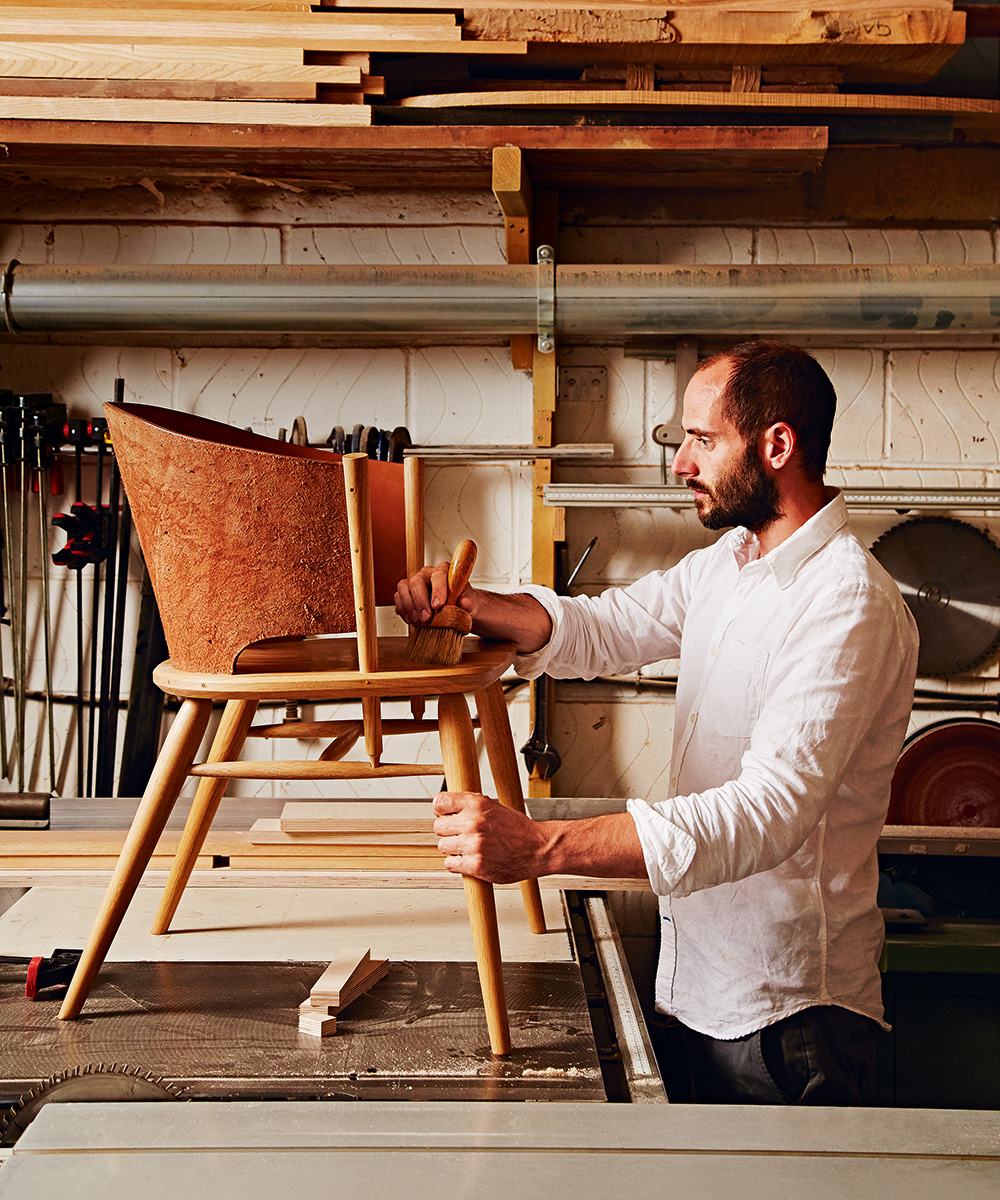
As a child, I could often be found tinkering around using building waste to make things such as bird tables and boxes. My father is an archaeologist, so an interest in objects and history was ingrained in me from early on. In 1996, I graduated with a BA in Furniture Design and Craftsmanship from Buckinghamshire New University and then went on to work in the studio of furniture designer Fred Baier, where I began to experiment and develop my skills.
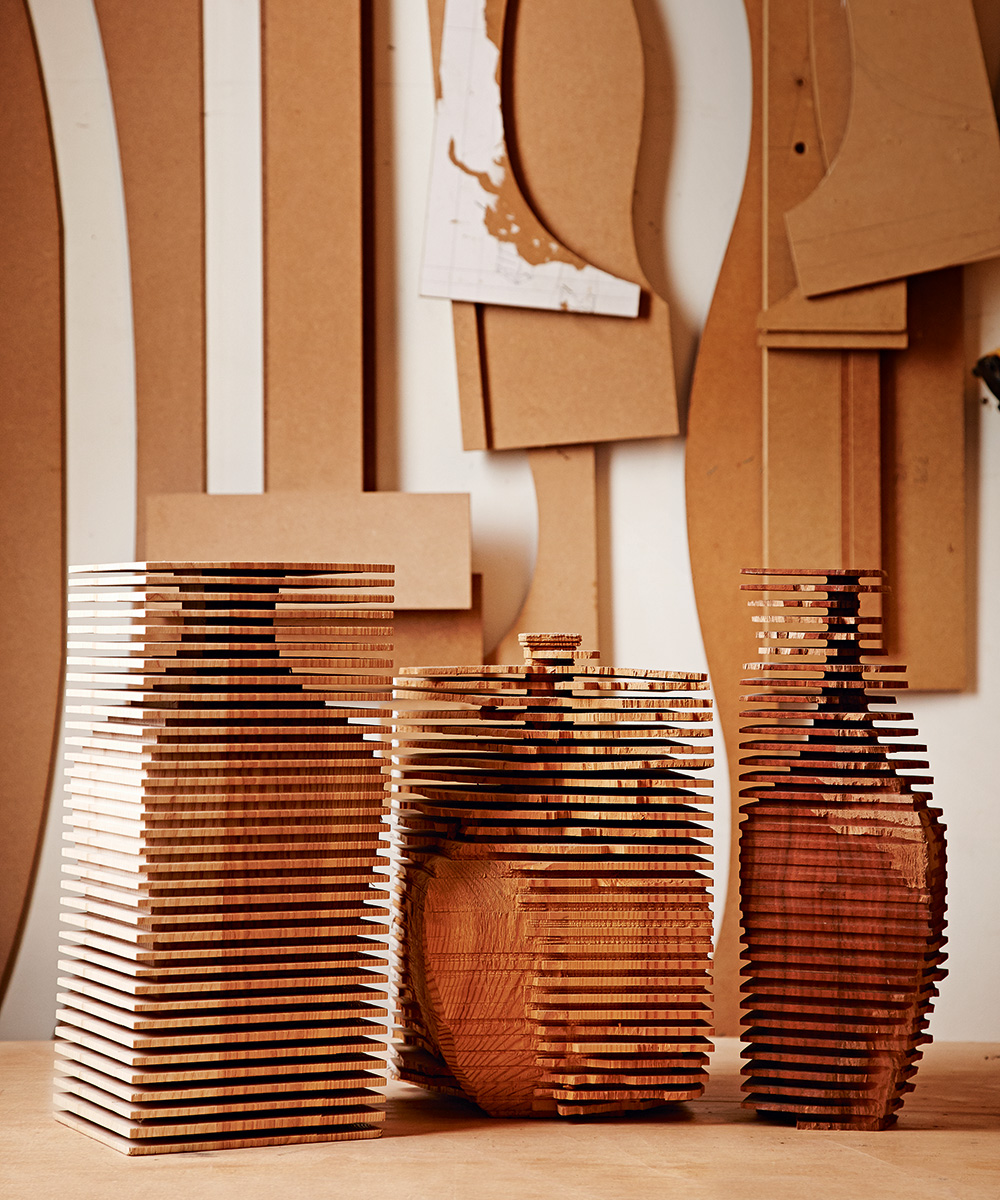
Bodging is a hands-on craft that utilises green (unseasoned) wood and the traditional techniques of Windsor chair making, often working at source in the woodland. In 2010, fellow designer Chris Eckersley formed Bodging Milano: a group of seven of us spent a week in the ash woods of Herefordshire with the aim of creating a body of work to show at Milan's Salone del Mobile. What started as a one-off project developed a life of its own and soon we were exhibiting annually. This was instrumental in diversifying my body of work. The bodging process is relatively simple, yet incredibly versatile and uses a set of rules and tools. In the modern world, where materials and products are manufactured and shipped all over the globe, the simplicity of making on site, rather than moving timber to a workshop, really appeals to me. Because they are made by hand, no two bodged pieces are the same.
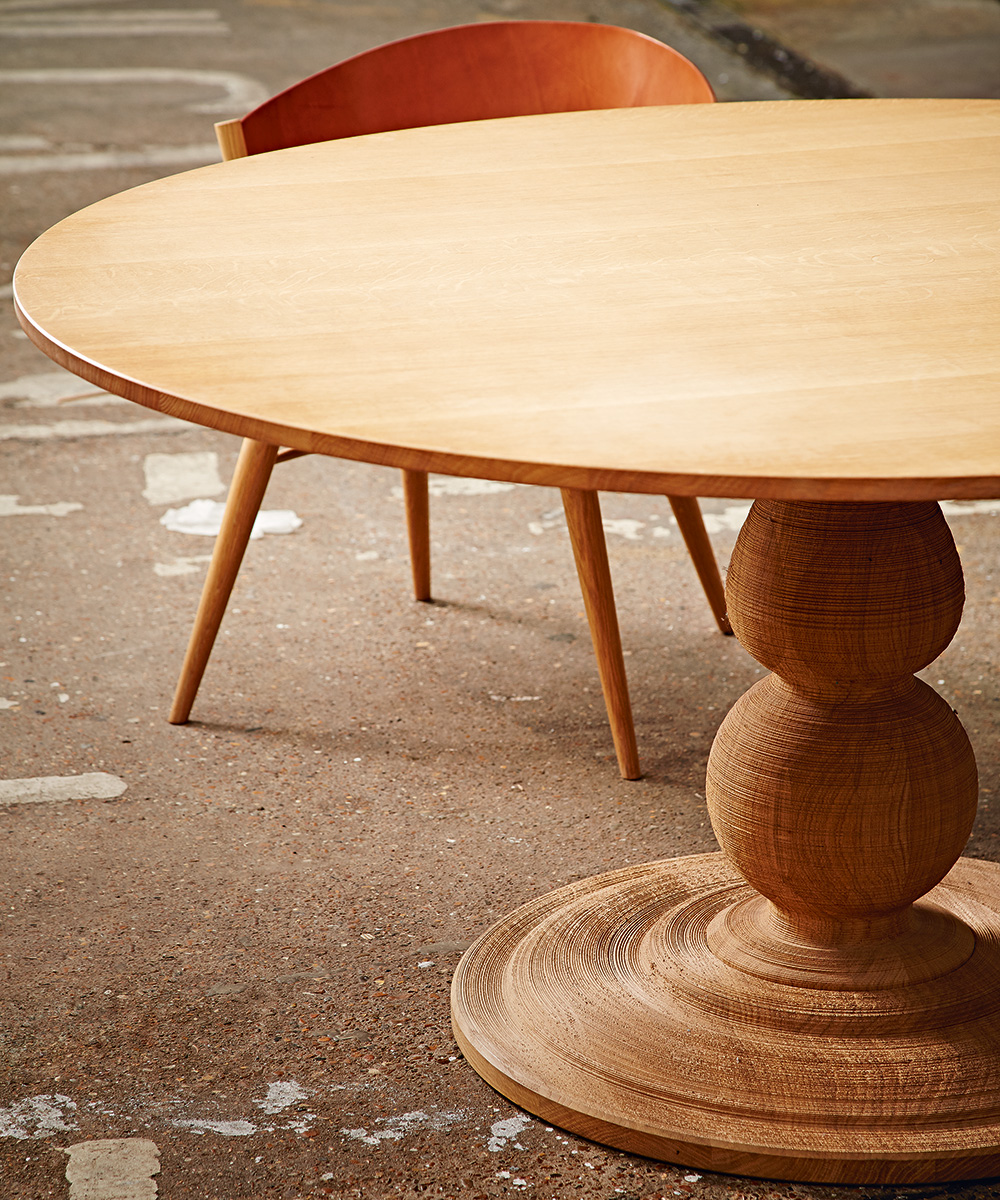
My interest in bodging continued to develop and, in 2012, I began a project called In Pursuit of Carbon Negative, which saw me attempt a carbon negative lifestyle while creating a body of work from a felled tree. Then, last year, the Bodging Milano team became involved in Heal's Modern Craft Market when we took part in a bodging race in the window of the flagship store in London. As the bodger usually moves to the timber source to work, it's rare to be able to see the craftsperson in action, but in this case we took the process to the customers. I made a chair, which the public voted their favourite piece in the collection, and so it was developed for production, which I'm thrilled about.
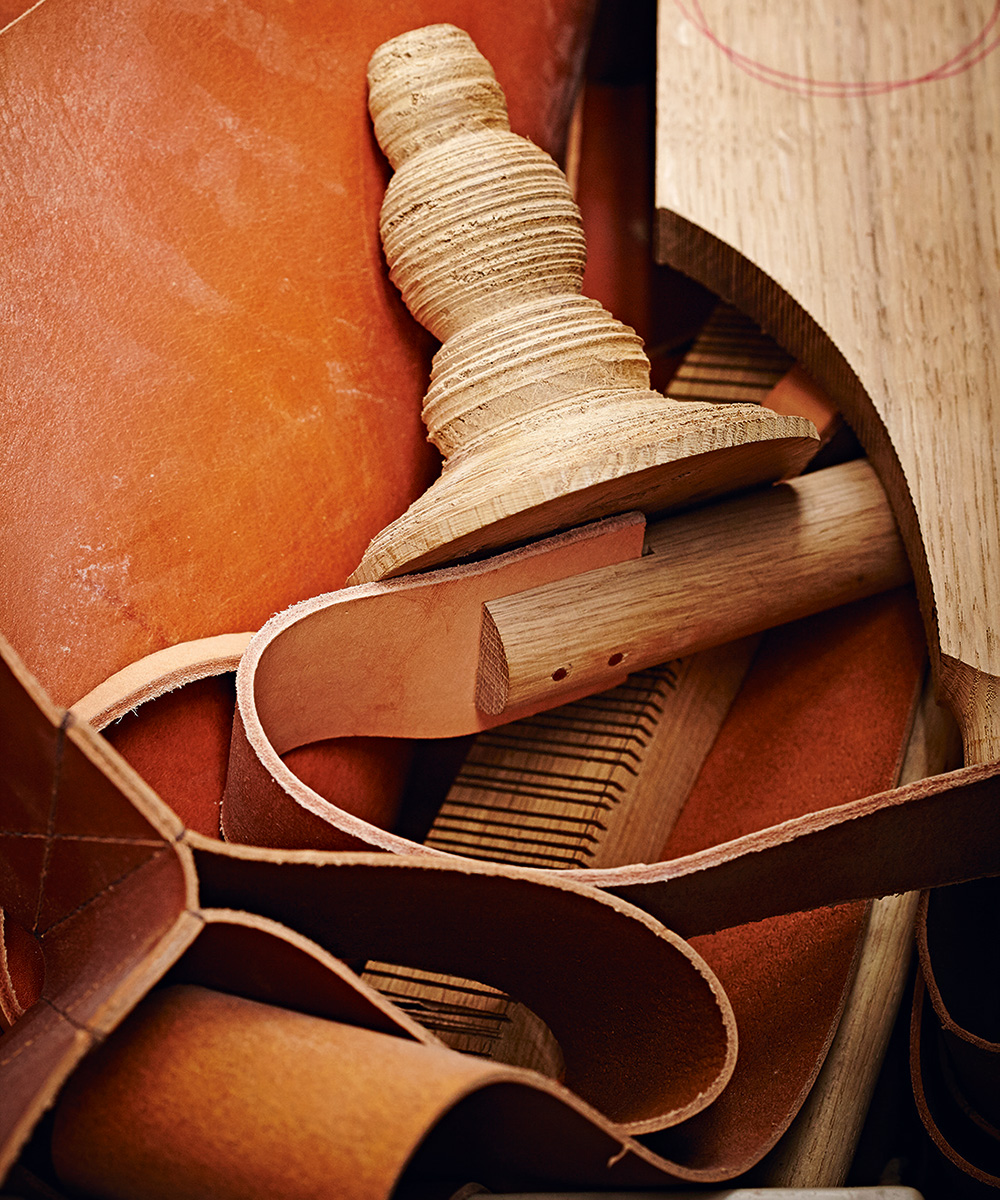
For me, there's no set process for conceiving ideas. I'm inspired by place and locality, age-old techniques and traditions and, of course, people. I take photographs when I'm out and about, travelling or at exhibitions and write notes using my mobile phone all the time.
Many of the materials I use are sourced locally and sustainably. This includes English oak and ash from the West Country, as well as timber from suppliers that are certified by the Forest Stewardship Council (FSC).
Sign up to the Homes & Gardens newsletter
Design expertise in your inbox – from inspiring decorating ideas and beautiful celebrity homes to practical gardening advice and shopping round-ups.
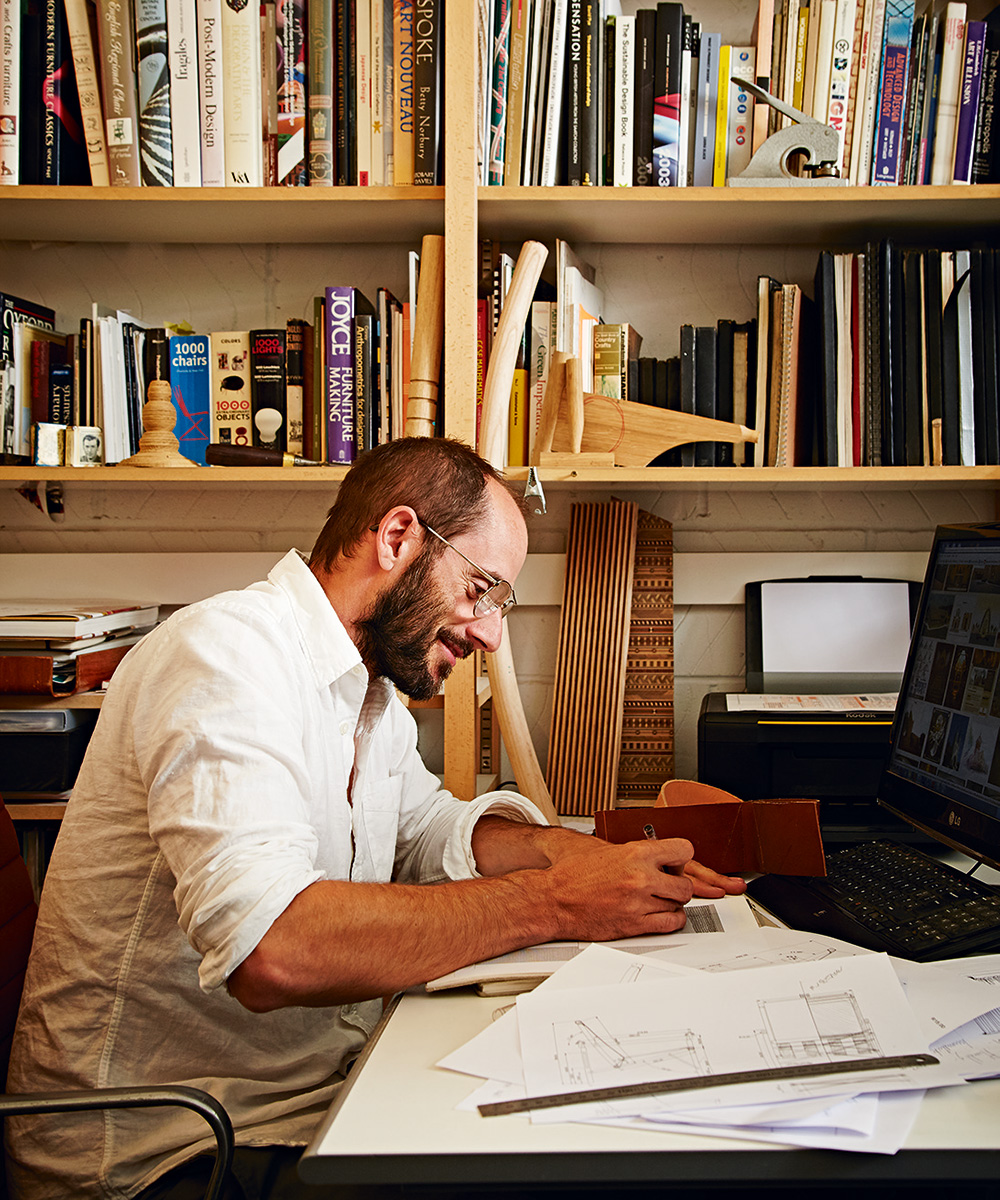
The sketchbook is my first port of call. I work quite quickly, drawing various forms and then honing in on a couple of my favourites. From there, I switch between mocking up pieces in the workshop and 3D modelling on the computer, until the design is finalised. Then the making begins. My work ranges from one-off pieces for collectors to furniture products for manufacture, and how it will be used affects the way in which I design it. For instance, my current vessel collaboration with architect Zaha Hadid has less emphasis on function than the Heal's chair, so the focus was almost entirely on form.
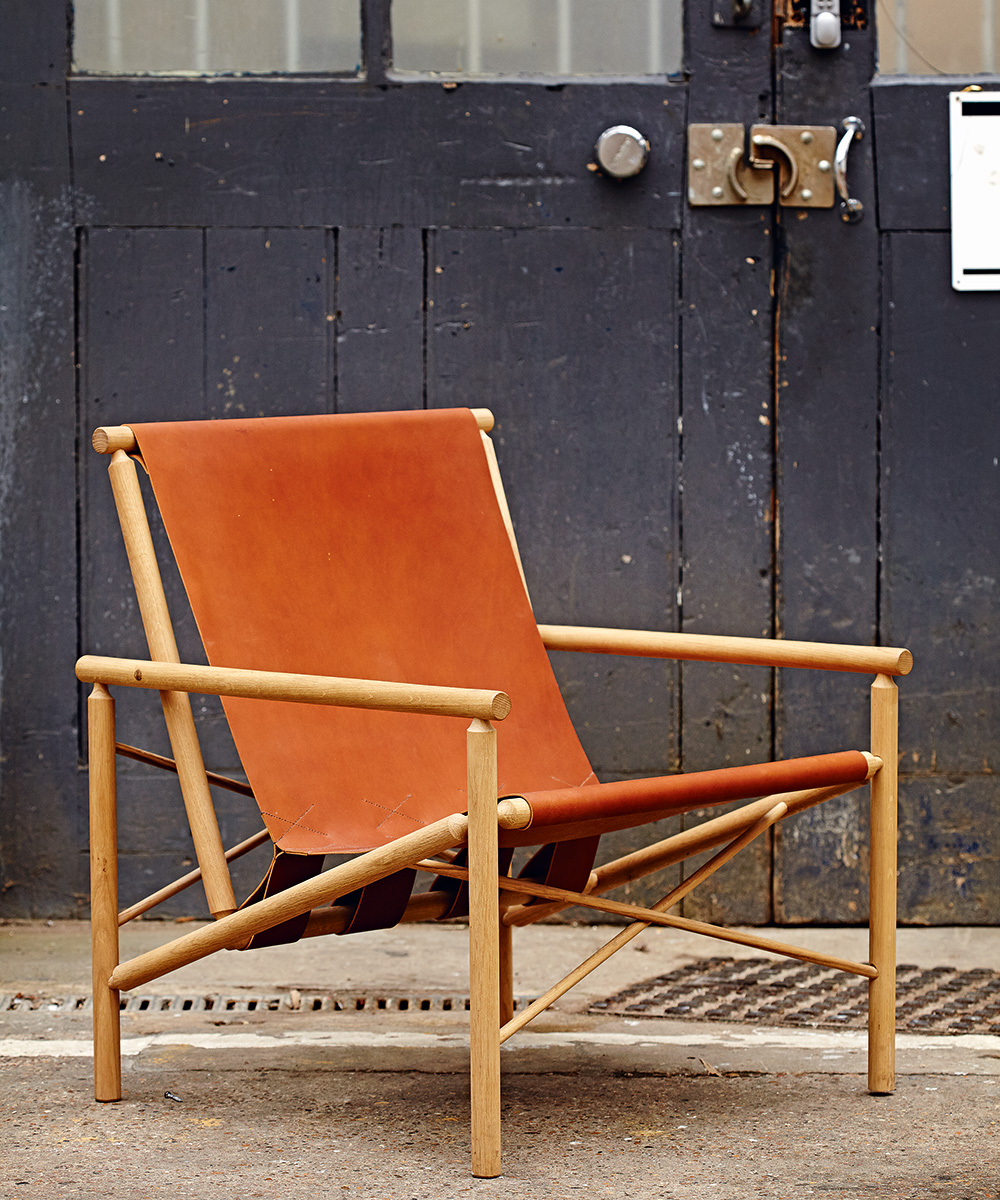
I cycle to my east London studio, aiming to arrive at about 9am. First, I like to check my emails over a cup of tea. Mornings might be spent poring over designs and working on CAD drawings, while afternoons often involve meetings and taking phone calls. I spend as much time as I can making in the workshop, before heading home at around 6pm.
I have a very small team, which consists of someone to help manage the studio and an assistant at the making stage. I share the workshop with several other small businesses like mine, so space can be an issue. On the other hand, it's great to be surrounded by other designers in an environment where we can discuss new ideas and give each other technical assistance.
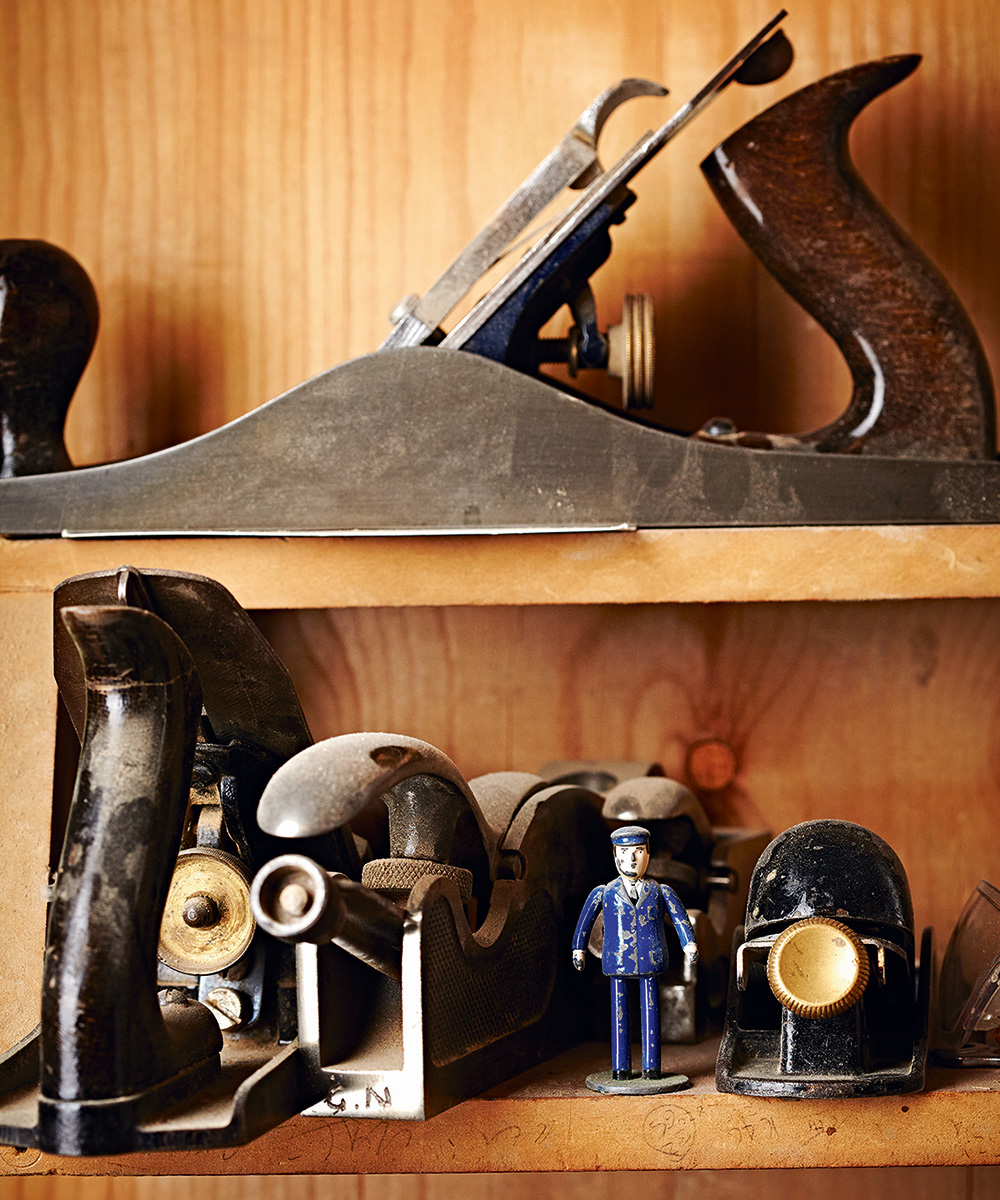
Longevity is the ultimate goal for a designer. I use a variety of techniques to ensure that my pieces don't fall out of fashion and I hope that the honest nature of my work captures a sense of history and place. The chair that I created for Heal's is all about simplicity and lightness, and it is these elements that are key to ensuring items will stand the test of time.
Since setting up in east London in 2002, my designs and business skills have evolved greatly. NowI primarily focus on individual pieces for international collectors, private commissions, and designs for production and site-specific projects. My portfolio has always been varied, encompassing many different interests. Certain pieces position themselves at the intersection of design and craft. Some use digital manufacturing, while others celebrate traditional processes as well. It's good to have developed my own narrative from that.
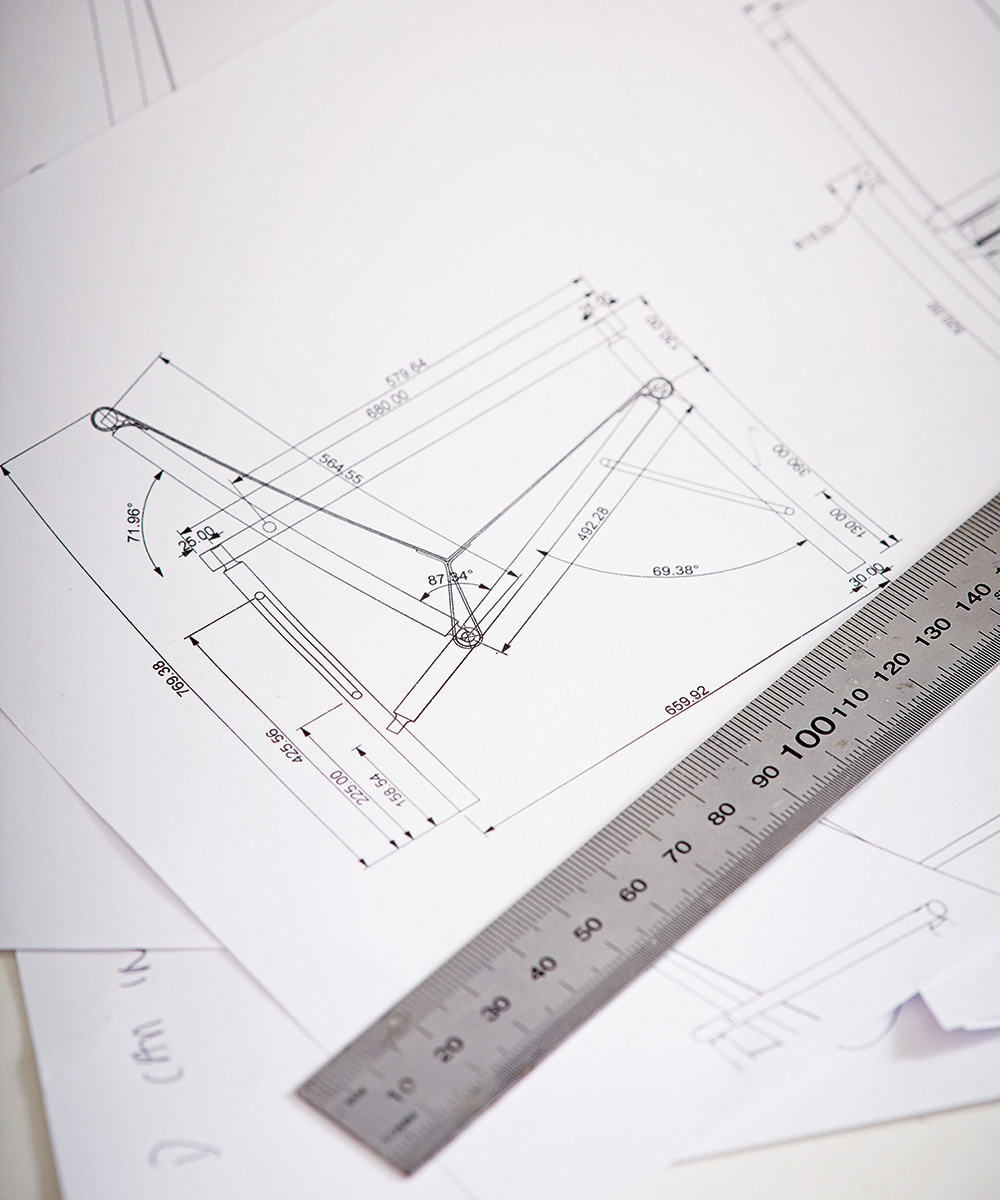
My quest to support and advance the British and European furniture industry continues. It's also important to focus on the success of past pieces and learn from the failure of others. In 2013, the Victoria and Albert Museum acquired one of my George chests of drawers for its permanent collection. This was a great milestone in my career. However, my ambition doesn't stop there: I want to carry on pushing the possibilities within making and designing.
Gareth Neal, 020 7254 4371, garethneal.co.uk.
Photography/Alun Callender

Jennifer is the Digital Editor at Homes & Gardens. Having worked in the interiors industry for several years in both the US and UK, spanning many publications, she now hones her digital prowess on the 'best interiors website' in the world. Multi-skilled, Jennifer has worked in PR and marketing and occasionally dabbles in the social media, commercial, and the e-commerce space. Over the years, she has written about every area of the home, from compiling houses designed by some of the best interior designers in the world to sourcing celebrity homes, reviewing appliances, and even writing a few news stories or two.
-
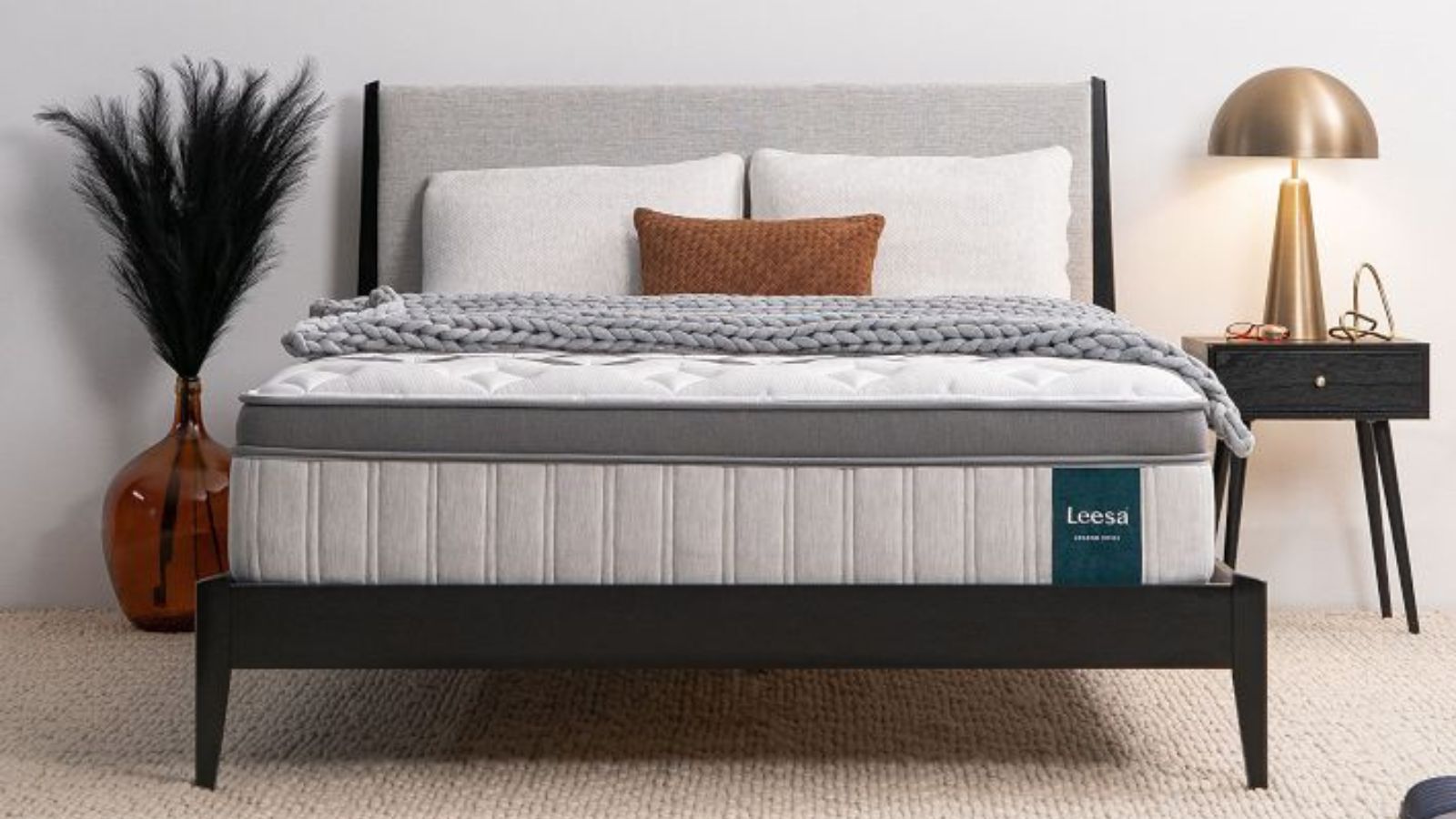 This hot sleeper just found the perfect cooling mattress that's ended the sleepless summer nights – turns out $3,000 is the price you pay for an incredibly cool night's sleep
This hot sleeper just found the perfect cooling mattress that's ended the sleepless summer nights – turns out $3,000 is the price you pay for an incredibly cool night's sleepThe Leesa Legend Chill Hybrid Mattress might be an investment, but I think it's worth it to finally find something that actually keeps me cool throughout the whole night
-
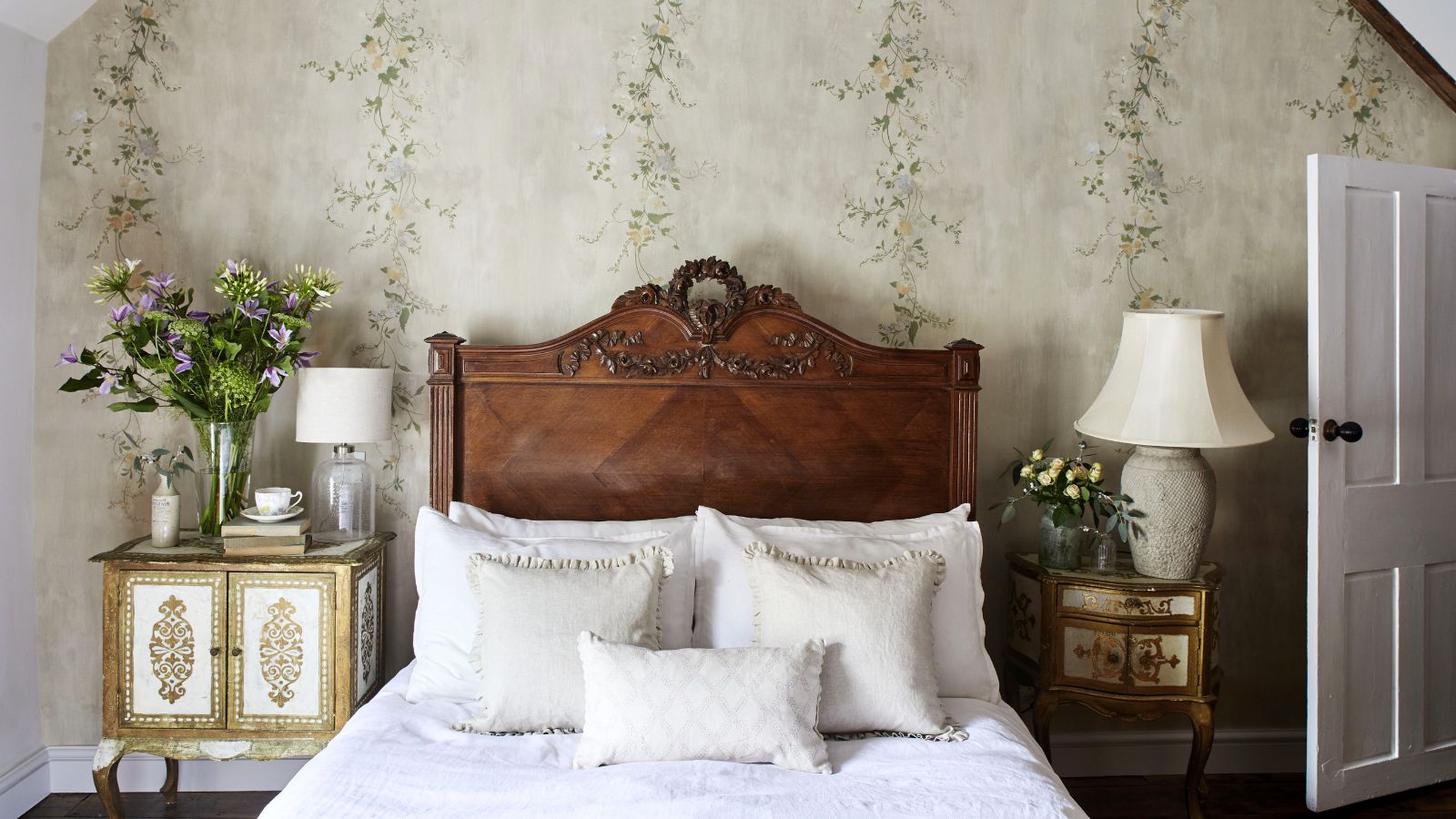 I'm an interior stylist whose job is to make rooms look nicer in an instant – these are the 5 items I always add to a bedroom to make it look 10x better
I'm an interior stylist whose job is to make rooms look nicer in an instant – these are the 5 items I always add to a bedroom to make it look 10x betterI have styled plenty of bedrooms in my time as an interior stylist, and these are the 5 pieces I reach for time and time again to instantly elevate the room